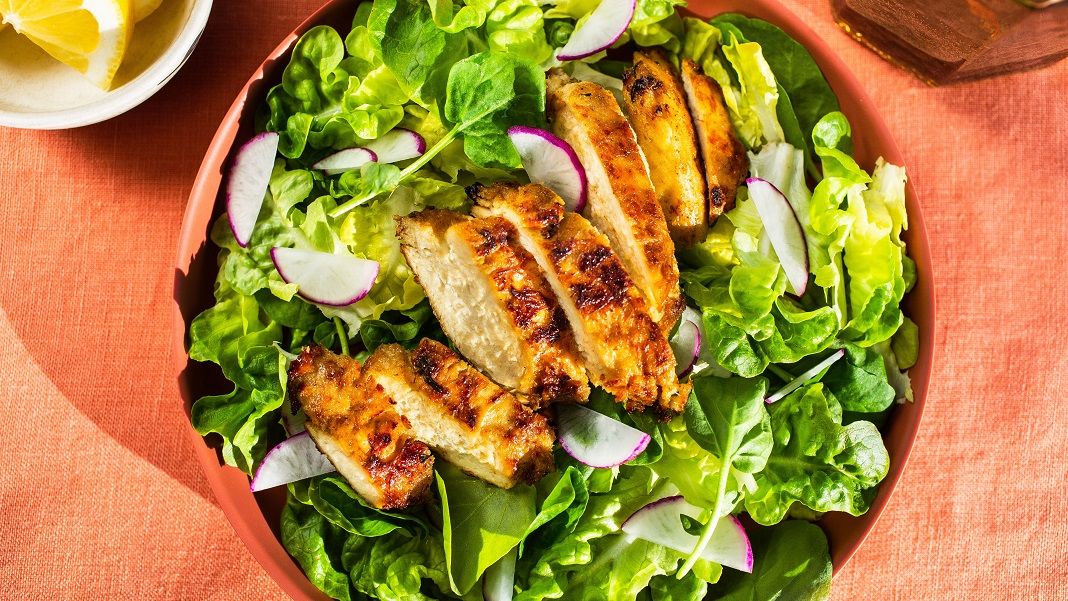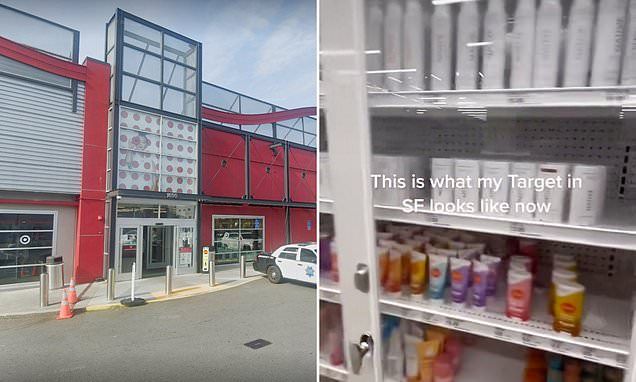Lab-Grown Chicken Is Now Legal for Sale in the US
The world’s first lab-grown burger was completed in 2013 after five years of research and development and with a price tag of $330,000. Since then, the cultured meat industry has slowly but surely advanced—gaining funding, diversifying the types of meat produced, building factories for large-scale production, going on the market in Singapore and Israel, and gaining preliminary FDA approval in the US. Now the industry has reached one of its biggest milestones yet, with the US Department of Agriculture ruling on Wednesday that cultured chicken is not only safe to eat, but legal to sell.
A quick refresher on what “cultured” means: making cultured or lab-grown meat starts with extracting cells from an animal’s tissue, be it a pig, cow, chicken, fish, or any other animal that humans deem to be delicious. The cell extraction doesn’t kill or harm the animal. Its cells are mixed with a cocktail of nutrients, oxygen, and moisture inside stainless steel bioreactors. Mimicking the environment inside an animal’s body, the bioreactors are kept at a warm temperature, and the cells inside divide, multiply, and mature. Once they’ve reached maturity they’re harvested from the bioreactors, refined, and shaped into a final product (which can involve anything from extrusion cooking and molding to 3D printing and adding in artificial fat).
In the US there are two companies making cultured meat, both based in California. Upside Foods (formerly Memphis Meats) was the first to receive an FDA No Questions letter finding its lab-grown chicken safe to eat. Upside opened a 53,000-square-foot center for engineering, production, and innovation in Emeryville, California in 2021. The company plans to make 50,000 pounds of meat per year there to start, eventually scaling up to more than 400,000 pounds per year.
Good Meat received the same FDA approval in March. They’re building a demonstration plant in Singapore, and announced plans last year to build a large-scale facility in the US with an annual production capacity of 30 million pounds of meat. Good Meat was actually the first company in the world to start selling cultured meat, with its chicken hitting the Singaporean market in 2020. In the US, they plan to launch their cultured chicken at a Washington DC restaurant owned by celebrity chef José Andrés.
Similarly, consumers will first be able to try Upside Foods’ chicken at an upscale restaurant in San Francisco whose chef is Michelin-starred. Getting people excited about trying it could present a challenge, though. The Associated Press recently conducted a survey on the topic in conjunction with the NORC Center for Public Affairs Research. Half of American adults showed little to no openness to eating lab-grown meat, saying they’re unlikely to try it mostly because “it just sounds weird” or they don’t think it would be safe.
Educating consumers on how cultured meat is made should help them become more open to trying it. But this isn’t the only hurdle the industry has left to clear. It has recently come under fire, with skeptics citing the products’ high costs, scalability issues, and biological limitations. One study found that cultured meat could actually be 25 times worse for the planet than factory farmed meat.
There must be some promise to it, though, or it wouldn’t have made it this far. It will be a while yet before we can go to the grocery store and bring home a package of chicken that didn’t require any animals to die—but it’s a future that’s now very much in sight.
Image Credit: Upside Foods
Source: Singularity Hub


